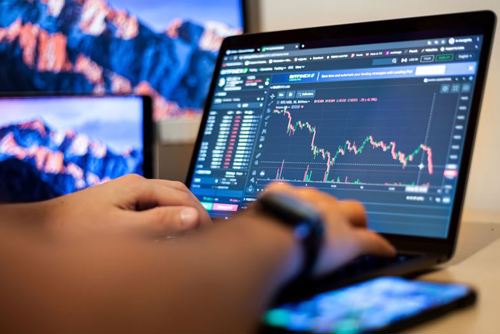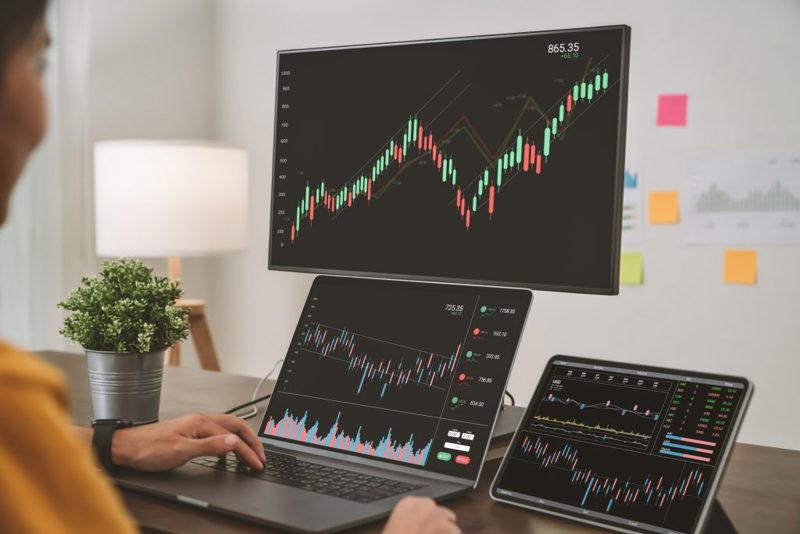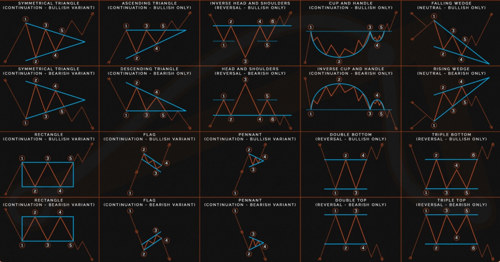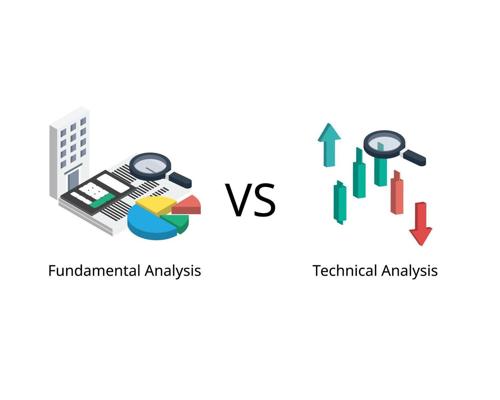
Blog
Forex Trading for Busy Professionals: Strategies for Time-Efficient Trading
In today's fast-paced world, many professionals juggle multiple responsibilities and limited time for activities outside of their work. However, that doesn't mean you can't participate in the exciting world of forex trading. With the right strategies and approaches, even busy professionals can engage in time-efficient forex trading. This article will explore effective strategies and techniques to help busy professionals maximize their trading opportunities.
Part-Time Trading and Time Management:
For busy professionals, time management is crucial when it comes to trading. Establishing a trading routine and allocating specific time slots for analysis, trade execution, and monitoring the market is essential. By creating a structured schedule, you can ensure that your trading activities do not interfere with your professional commitments.
To optimize time management, consider utilizing tools and resources that provide real-time market updates, news alerts, and economic calendars. These can help you stay informed about significant market events and plan your trading activities accordingly. Additional you can use leverage mobile trading apps to monitor and manage your trades on the go. This will enable you to seize opportunities even when you're away from your desk.
Developing a Trading Plan:
A well-defined trading plan is essential for any trader, particularly for those with limited time. Your trading plan should outline your trading goals, and risk tolerance. You should also consider preferred trading style (such as day trading or long-term trading), and the specific strategies. This plan will act as a roadmap, guiding your decisions and keeping you focused on your objectives.
In your trading plan, clearly define your entry and exit criteria based on technical analysis indicators, chart patterns, or fundamental factors. Consider using multiple time frames to identify trends and align your trades with higher time frame signals. By having a clear plan in place, you can avoid impulsive and emotionally-driven trading decisions that can lead to losses.
Efficient Use of Stop Loss Orders:
Implementing stop loss orders is a vital risk management technique for all traders, especially part-time traders. These orders help protect your trading account from substantial losses in case the market moves against your position. By setting predefined stop loss levels when entering a trade, you can automate the process of exiting a losing trade. This allows you to focus on other commitments without constantly monitoring the market.
To optimize the use of stop loss orders, consider employing trailing stop loss orders. Trailing stops allow you to adjust your stop loss level as the market moves in your favor. It helps you lock in profits while protecting against potential reversals. Experiment with different trailing stop strategies to find the approach that aligns best with your trading style and risk tolerance.

Focus on Specific Currency Pairs:
Part-time traders should concentrate on specific currency pairs rather than attempting to cover the entire forex market considering time limitation. By selecting a few currency pairs that align with your trading strategy, you can focus your attention on understanding their behavior. Through closely monitoring their price movements, you can make more informed trading decisions.
Consider focusing on major currency pairs such as EUR/USD, GBP/USD, USD/JPY, and USD/CHF. Because they typically have high liquidity and offer ample trading opportunities. Additionally, pay attention to the correlation between currency pairs. Because it can provide insights into potential market movements and help you manage risk effectively.
Utilizing Technical Analysis and Price Action Trading:
Technical analysis can be a powerful tool for busy professionals. By analyzing historical price data, identifying chart patterns, and utilizing technical indicators. You can gain insights into potential market movements and make more accurate predictions. Price action trading, can be also a valuable approach for time-efficient trading.
Experiment with various technical indicators such as moving averages, oscillators, and Fibonacci retracements to identify entry and exit points. Additionally, familiarize yourself with candlestick patterns, support and resistance levels, and trend lines to enhance your ability to interpret price action. Remember to combine technical analysis with other factors such as fundamental analysis and market sentiment for comprehensive trading decisions.
Money Management and Risk Control:
Effective money management is crucial for all traders, regardless of their trading frequency. Before entering a trade, ensure that the potential reward outweighs the risk by determining a favorable risk-reward ratio. By managing your risk effectively and adhering to disciplined money management principles, you can protect your trading account and preserve capital for future trading opportunities.
Consider implementing position sizing techniques such as the fixed percentage risk model or the Kelly criterion to determine the appropriate lot size for each trade. Set realistic profit targets and regularly review your trading performance to assess the effectiveness of your money management strategies. Remember, controlling risk is essential to long-term success in forex trading.

Automating Trading Processes:
For busy professionals, leveraging technology and automated trading systems can be advantageous. Consider using trading platforms that offer algorithmic trading capabilities, allowing you to automate trade execution based on predefined criteria. However, it's important to thoroughly test and monitor any automated systems to ensure their effectiveness and alignment with your trading strategy.
Automated trading can help you capitalize on market opportunities even when you're unable to actively monitor the market. However, exercise caution and ensure that you have a solid understanding of the underlying strategies and parameters of the automated systems you use. Regularly evaluate their performance and make adjustments as needed to adapt to changing market conditions.
Conclusion:
Being a busy professional doesn't mean you have to miss out on the opportunities presented by the forex markets. By implementing effective time management strategies, developing a well-defined trading plan, utilizing stop loss orders, focusing on specific currency pairs, employing technical analysis, practicing sound money management, and leveraging automation when possible, you can engage in time-efficient forex trading. Remember, consistency, discipline, and continuous learning are key to achieving success in the forex market, regardless of your schedule or professional commitments. Embrace these strategies, adapt them to your personal circumstances, and embark on your journey towards profitable forex trading as a busy professional.


